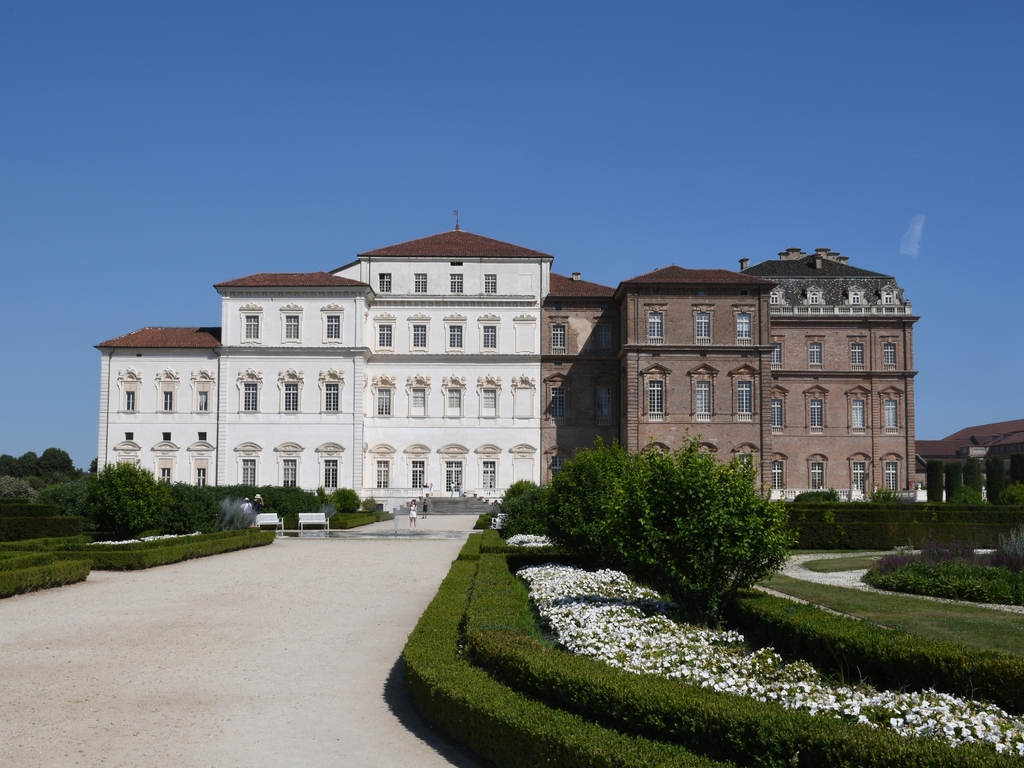The Reggia di Venaria is one of the most important Savoia residences, part of the UNESCO serial site, and was designed by architect Amedeo di Castellamonte at the behest of Duke Charles Emmanuel II, who wanted it as a base for hunting parties.
The project, begun in 1658, included the construction of a true architectural jewel that included the palace, the park, the hunting woods and an entire village. Enhancing the grandeur of the site was the architect Michelangelo Garove, who from 1699 redesigned the entire complex in line with the ambitions of Vittorio Amedeo II.
The gardens were redesigned in the French style and in 1716 it was Filippo Juvarra who took charge of the extension and with his Galleria Grande, the Chapel of Sant'Uberto, the Citroneria and the Scuderia elevated the palace to a Baroque masterpiece.
In 1739 it was Carlo Emanuele III who commissioned Benedetto Alfieri to enlarge the Scuderia and build communication galleries within the complex. Unfortunately, between 1798 and 1999 the Reggia suffered a tragic decline due to the many conflicts that turned it into a real barracks; the arrival of Napoleon, the wars of independence and the two world wars brought tragic destruction.
In 1999, the Ministry of Culture and the Piedmont Region launched a major restoration project which, over the course of eight years, brought to light stuccoes, frescoes and decorations of considerable artistic value, as well as the marvellous gardens that are the pride of this magnificent building, a UNESCO World Heritage Site.
The Reggia di Venaria Reale was inaugurated in 2007 and today is undoubtedly one of the most beautiful and majestic Savoia residences.
The majestic Gardens, also inaugurated in 2007, are a marvellous example of the coexistence of ancient and modern with numerous contemporary works and archaeological sites. Today they are part of the Great Italian Gardens network and consist of a High Garden and a Low Garden.
Inside, among the thousands of wonders, it is possible to admire the 17th century grottoes, the famous remains of the Hercules fountain or the Temple of Diana, the Gran Parterre Juvarriano, the largest Potager Royal in Italy and the suggestive Peschiera where it is possible to take a ride in a Venetian gondola.
Inside the Venaria Reale system there is also the Parco della Mandria, a natural oasis of 3,600 hectares.
Thanks to the long boundary wall built by Vittorio Emanuele II, it is the largest enclosed park in Europe, but also one of the most important environmental protection areas, where various species of domestic and wild animals live in a semi-wild state.
The park is also home to one of the Savoia residences on the UNESCO World Heritage list, the Castello della Mandria, which the king wanted to live in with his second family, created with his wife Rosa Vercellana, also known as 'la Bela Rosin'.
For additional information, click here.
